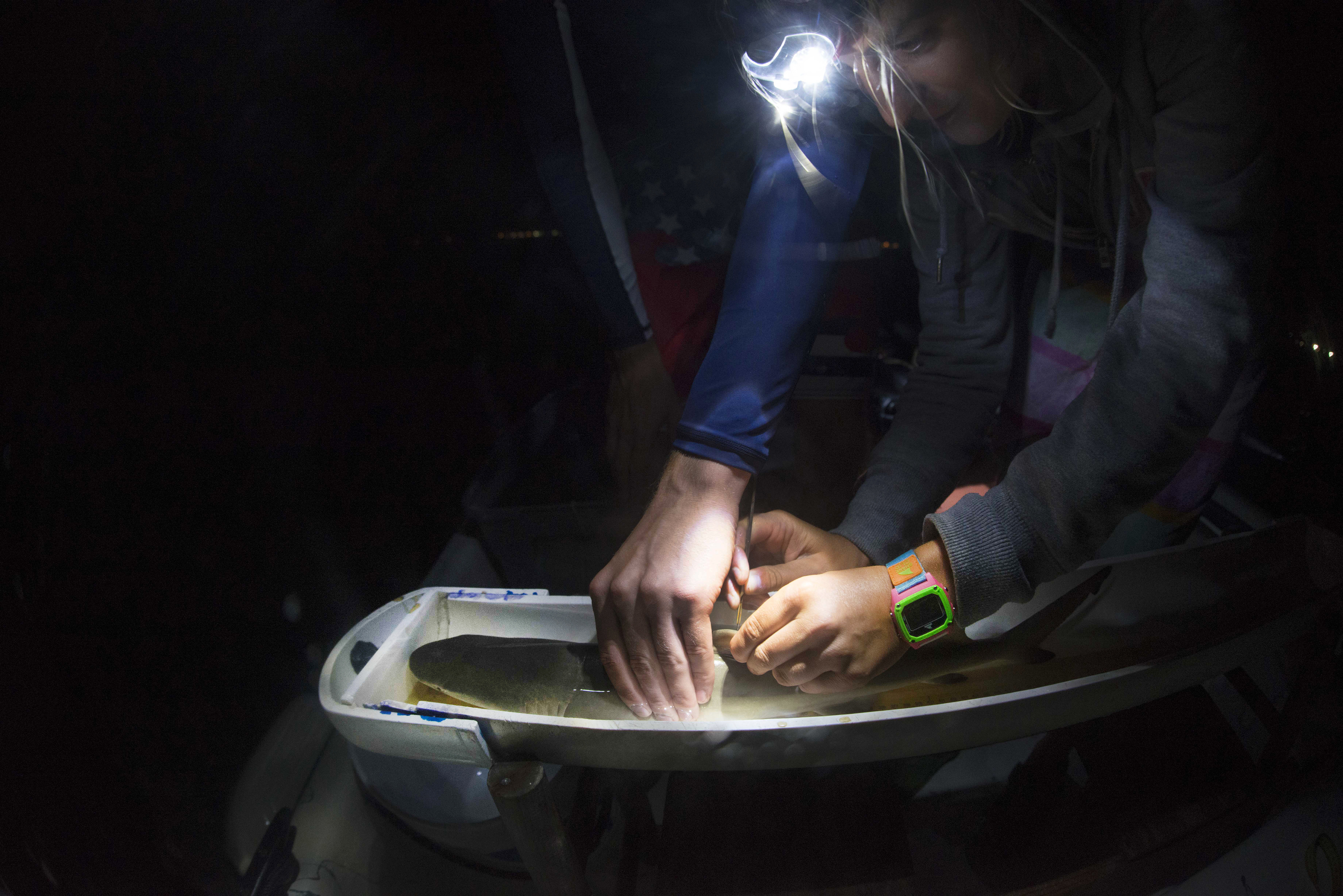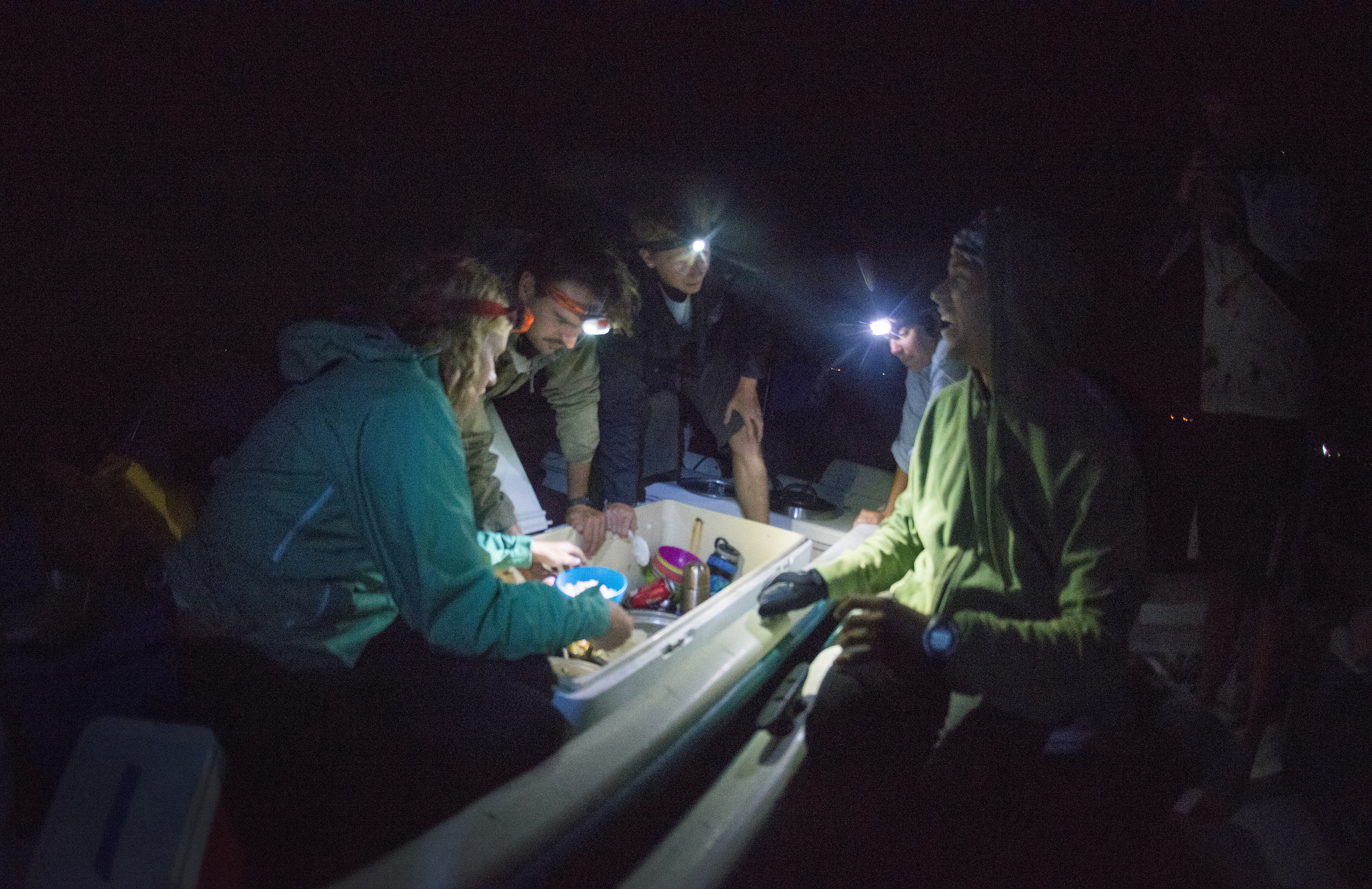As I step down from the plane and
walk across the tarmac, I can already feel the beads of sweat forming on my
brow. What look to be swarms of gnats are buzzing around six new volunteers as
we wait for our pickup. It didn’t take long to find out that these gnat like
critters were actually sand flies or “no see-ems” that pack a mean punch for
such a small size. Little did I know this was soon to become the norm,
inundated with sweat and pesky insects. Emily arrives in the car with
volunteers who have come to the end of their stay on the island. Emotional
goodbyes are exchanged as they prepare to go through customs. With tear filled
smiling eyes one of the girls wishes us the best as she turns to leave her six
month home. Just like that they’re gone and we’re here. This is real, we’re the
new volunteers.
The
next few days were a blur, packed with classes and fumbling our way around the
lab. I can remember thinking that I was never going to remember everything they
were teaching us, but in the shark lab there is no time to sit with these
thoughts. We are always working, always moving forward. This dynamic makes the
transition into a new vol a little less scary. Before I knew it I was immersed
into the everyday life of the lab.
Jamie (pictured left) assisting a juvenile tiger shark work up.
Four
months have now passed and I still feel as if this is all some sort of fantasy
I’ve made up in my head. Each morning I peak open my eyes and feel a little
surprised that I’m not looking at the bright walls of my New York bedroom. I
have been waiting for this for so long that I halfway expect to wake up from a
dream. I’ve held the dorsal fin of a spritely newborn tiger shark in the dark
of night, set and hauled long lines with the rising sun, participated in
personality trials conducted on juvenile lemon sharks, witnessed acoustic tag
insertions, hand fed southern stingrays in waist-deep water, rodeo captured
green sea turtles, and so much more. I’ve repaired gill nets in the heat,
inhaled more bleach fumes than may be deemed healthy, prepared more raw chicken
thighs then I can count, sprouted copious amounts of mysterious bumps and
bruises, all the while never once regretting my decision to accept my volunteer
position. I still get butterflies every time I come in contact with a shark.
Goosebumps inundate my skin the moment I’m granted the opportunity to be in the
water with my favorite critters. I’m writing this for the girl or boy who share
my passion for shark science and conservation. I can honestly say with full
confidence that volunteering at the Bimini Biological Field Station is a life
changing experience. The skills I have gained in my short time here will no
doubt put me on a different level when it comes to applying for future jobs. My
time here in Bimini has only enhanced my will to want to protect our oceans
vital apex predators. I cannot wait to see what the next few weeks have in
store for me and the shark lab crew!































